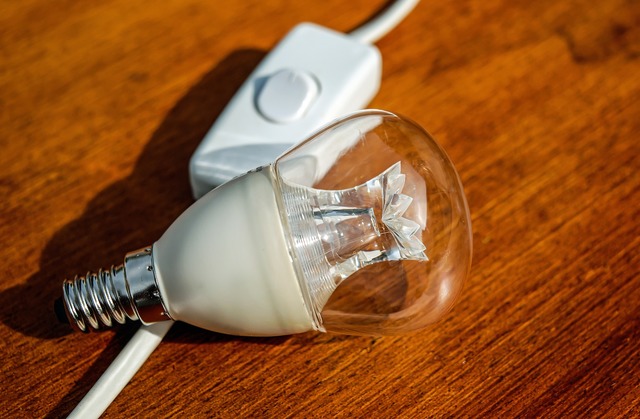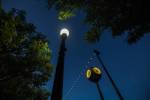Dim down your winter energy consumption
Fall is a good time to make changes in our energy consumption. Daylight saving time helps us adjust to shorter days and gives us that cherished extra hour of sleep.
The change in time was originally meant to save energy and money during times of war and economic strife. It is still practiced today in most states in the U.S. and in more than 70 countries.
But is it really helping save money and energy? Or do our habits need to change and not just our clocks?
According to the research, much more effort is needed in order to bring on substantial savings both in energy and cost. One national study released in 2008 for the Department of Energy showed only a very slight increase in savings due to daylight saving time. However, it is difficult for researchers to accurately check whether daylight saving time is actually saving money and energy. The main reason for the difficulty is that there needs to be some kind of before and after scenario.
The state of Indiana provided a perfect scenario of before and after. A study also released in 2008 by the National Bureau of Economic Research showed that Indiana actually saw an increase in energy usage during daylight saving time compared with the same length of time not observing daylight time. Researchers found that adjusting the winter or summer time to allow us to use more daylight still did not significantly lower the overall usage.
What does it take to change?
What is it that will motivate people to change and use less energy? History shows us that a disaster leading to a common goal often acts as a binding force.
Shortly after the 2011 Tohoku earthquake and tsunami, Japan made major adjustments to energy usage nationwide. Every other light bulb was strategically unscrewed in airports and train stations. Citizens adjusted their thermostats and were careful not to use more lighting than needed.
As a foreigner living in Japan, it was hard to resist the urge to complain about the escalators being turned off when the whole population in Japan eagerly participated in setsuden — a national movement to conserve energy.
Setsuden came more as a strong suggestion or a request than regulation. But what a huge success the suggestion had.
Japan was able to keep dozens of nuclear power plants shut down for that entire first sweltering summer and beyond.
Shining light on conservation
Disasters are not the only motivating force to make people change. Money sometimes motivates people, as does new technology that makes energy-saving behavior more convenient.
There are plenty of money-saving conveniences especially designed to help save on household lighting such as motion-sensor lighting and dimmers. Dimmers allow users to increase or decrease the amount of light emitted from a source. They come in a variety of easy-to-use types: touch dimmers, remote dimmers, three-way dimmer switches, slide dimmers and even automatic dimmers that sense the amount of natural and ambient light in the room and adjusts accordingly.
According to studies at Harvard, while poor lighting can tire your eyes, it is a myth that it makes your eyesight worse. The best light for reading is that which shines directly on your reading material. No need to light up the whole room.
Passive actions — the easiest kind
Of course, the easiest and cheapest way to save lighting energy is to not use it. Winter is the best time to open window coverings and let the sunshine in. This not only lightens up the room, eliminating the need for lights during the day, but also captures the heat from the natural sunlight. If some rooms receive more daylight than others, then plan your daytime activities in the brighter rooms.
When I was a child, my parents used to say, “We are not the Bank of England” or “Money doesn’t grow on trees” as they proceeded to turn off unnecessary lights in rooms my siblings and I had vacated. I admit I have muttered my own mantras to my children, as well, trying to instill in them a mindset of conscious living: Use only what is needed and make efforts not to waste.
Smart shopping
Finally, with all the new LED bulbs offered in different colors, shapes and sizes, there really is no reason to be using less energy-efficient bulbs. Some LED lights such as Phillips have smartphone apps that allow you to turn on or off your lights remotely.
Smart plugs and electrical outlets are another easy step to give you the freedom to turn things off with a smartphone app once you’ve left the house.
Mary Beth Horiai has split her adult life between Japan and Southern Nevada. In Las Vegas, Horiai teaches part time at College of Southern Nevada. For more information and links to additional resources relating to this column, visit www.driverofchange.net.




























